

Articles
How To Get Rid Of Mothball Smell In The Attic
Modified: February 24, 2024
Learn effective methods to eliminate the pervasive mothball odor in your attic. Read our informative articles to find practical solutions and regain fresh-smelling air.
(Many of the links in this article redirect to a specific reviewed product. Your purchase of these products through affiliate links helps to generate commission for Storables.com, at no extra cost. Learn more)
Introduction
Having a mothball smell in your attic can be quite unpleasant. The distinctive odor of mothballs can permeate through the space, making it uncomfortable to be in and affecting the overall air quality of your home. It is important to tackle this issue promptly to restore a fresh and clean environment in your attic.
The primary cause of mothball smell in the attic is the presence of actual mothballs. These small balls are commonly used to repel moths and other insects from clothing and stored items. However, their strong odor can linger long after their intended purpose has been served. Additionally, the smell can also seep into various surfaces, including insulation, wood, metal, clothing, and fabrics.
If you are faced with the challenge of getting rid of mothball smell in your attic, don’t worry. There are several effective methods and strategies that can help eliminate the odor and restore a fresh atmosphere. In this article, we will explore various techniques and tips to help you tackle the mothball smell in your attic.
Before delving into the solutions, it is essential to assess the severity of the mothball odor in your attic. This will determine the appropriate course of action and guide you in implementing the most effective methods. Understanding the extent of the problem will give you an idea of how much effort and resources you may need to invest in the odor removal process.
Now, let us discuss the various steps and methods you can take to rid your attic of mothball smell. Whether you choose to tackle the issue on your own or hire professionals, there are options available to restore a fresh and odor-free environment in your attic.
Key Takeaways:
- Understanding the causes and severity of mothball smell in the attic is crucial for effective odor removal. Preparing for the process, utilizing natural remedies, and considering professional help can lead to a fresh and odor-free attic.
- Preventing mothball smell in the attic involves avoiding mothballs, maintaining good ventilation, practicing proper storage, and implementing regular cleaning routines. Addressing moisture issues and conducting regular inspections are essential for maintaining an odor-free environment.
Understanding the Causes of Mothball Smell in the Attic
Before diving into the process of removing mothball smell in the attic, it is important to understand the causes behind it. By identifying the root cause, you can effectively address the issue and prevent it from recurring in the future.
The primary cause of mothball smell in the attic is the presence of actual mothballs. These small balls are typically made of either naphthalene or paradichlorobenzene, both of which evaporate over time to release a strong odor. While mothballs are commonly used to repel insects, their odor can linger long after their intended purpose has been served.
When stored in the attic, mothballs can emit their smell and contaminate various surfaces and objects in the space. This includes attic insulation, wood, metal, clothing, and fabrics. As the odor seeps into these materials, it becomes challenging to eliminate the smell without targeted intervention.
In some cases, the presence of mothball smell in the attic may be a result of previous homeowners using mothballs as a pest repellent. If mothballs were used in the past and left behind, their smell can remain in the attic for an extended period of time.
Additionally, it is possible for the mothball smell to spread to the attic from other areas of the house. This can occur if mothballs were used in closets, storage areas, or other spaces adjacent to the attic. The smell can infiltrate through gaps, vents, or even carried by air circulation, eventually reaching the attic space.
It is worth noting that mothball odor can be particularly challenging to eliminate due to its persistence. The chemicals in mothballs tend to adhere to surfaces and linger for an extended period of time. This means that simply airing out the attic may not be sufficient to completely eliminate the smell.
Now that we have a better understanding of the causes behind mothball smell in the attic, let’s move on to the next steps: assessing the severity of the odor and preparing for mothball smell removal in the attic.
Assessing the Severity of Mothball Odor
Before embarking on the task of removing mothball smell from your attic, it is crucial to assess the severity of the odor. Understanding the extent of the problem will help you determine the necessary steps to take and the resources required to effectively eliminate the smell.
Here are some factors to consider when assessing the severity of mothball odor in your attic:
- Intensity: Determine how strong the odor is in your attic. Is it a faint smell that is barely noticeable, or is it a strong and overpowering odor? The intensity of the odor will determine the level of effort needed to remove it.
- Duration: Consider how long the mothball smell has been present in your attic. Has it been a recent occurrence, or has it been lingering for months or even years? The length of time will influence the level of permeation and the difficulty in eliminating the odor.
- Extent of Contamination: Evaluate the areas and materials affected by the mothball smell in your attic. Is it limited to a specific area, such as the insulation, or has it spread to other surfaces like wood, metal, clothing, or fabrics? Understanding the extent of contamination will help you target your efforts effectively.
- Impact on Air Quality: Consider how the mothball odor in your attic is affecting the overall air quality in your home. Does the smell seep through to other areas of the house or cause discomfort for residents? Assessing the impact on air quality will help prioritize the removal process.
- Health Concerns: Take into account any potential health risks associated with exposure to mothball odor. Certain individuals may be more sensitive to the chemicals in mothballs, leading to respiratory issues or allergies. If there are any health concerns, it is important to address them promptly.
Once you have assessed the severity of the mothball odor in your attic, you can determine the most appropriate course of action. For mild cases, you may be able to tackle the removal process on your own using household remedies. However, for more severe and persistent odors, it might be necessary to seek professional help to ensure effective and safe odor removal.
Now that you have evaluated the severity of the mothball odor, it is time to prepare for the removal process in your attic. In the next section, we will discuss the necessary steps to take and the precautions to consider before you begin eliminating the mothball smell.
Preparing for Mothball Smell Removal in the Attic
Before you start the process of removing mothball smell from your attic, it is important to take certain preparatory steps. These preparations will ensure that you are equipped with the necessary tools and materials, as well as provide a safe and efficient working environment.
Here are some key factors to consider when preparing for mothball smell removal in the attic:
- Gather Supplies: Collect the supplies and tools needed for the odor removal process. This may include gloves, masks, cleaning solutions, enzyme-based cleaners, odor absorbers, and ventilation equipment.
- Ventilation: Ensure proper ventilation in the attic before starting the removal process. Open windows or use fans to allow fresh air to circulate. Ventilation helps to minimize the concentration of the odor and reduces the risk of inhaling any harmful fumes.
- Protective Gear: Wear appropriate protective gear, such as gloves and masks, to protect yourself from any potential allergens or chemicals present in the attic. This will help prevent skin irritation, respiratory issues, or other health problems during the odor removal process.
- Check for Any Safety Hazards: Inspect the attic for any safety hazards, such as loose floorboards, electrical wiring issues, or structural damage. Address these hazards before starting the removal process to ensure a safe working environment.
- Clear the Area: Remove any items or clutter from the attic that may hinder the odor removal process. Clearing the space allows for better access to surfaces and ensures that the cleaning agents or remedies can be applied effectively.
- Read Product Instructions: If you are using commercial cleaning solutions or odor absorbers, carefully read and follow the instructions provided by the manufacturer. This will ensure that you use the products correctly and maximize their effectiveness.
- Decide on DIY or Professional Help: Evaluate the severity of the mothball smell and consider whether you have the necessary skills and expertise to tackle the odor removal on your own. For more challenging cases, it may be worth hiring professionals who specialize in odor removal to ensure thorough and effective results.
- Establish a Plan: Develop a step-by-step plan for the odor removal process in the attic. This will help you stay organized and focused, ensuring that you cover all the necessary areas and surfaces.
By taking these preparatory steps, you will be ready to start removing the mothball smell from your attic. Whether you choose to handle the process yourself or seek professional assistance, being prepared will facilitate a smoother and more successful odor removal experience.
In the next sections, we will discuss specific methods and techniques to eliminate mothball smell from different surfaces in the attic, including insulation, wood, metal, clothing, and fabrics.
Removing Mothball Smell from Attic Insulation
Attic insulation is one of the areas where mothball smell can easily permeate and linger. To effectively remove the odor from the insulation, follow these steps:
- Inspect the Insulation: Begin by inspecting the insulation for any signs of damage or contamination. If the insulation is severely affected or contaminated, it may be necessary to replace it entirely.
- Vacuum the Area: Use a high-powered vacuum cleaner with a HEPA filter to thoroughly vacuum the entire attic insulation. Pay special attention to areas where mothballs may have come into direct contact with the insulation.
- Apply Odor Absorbers: After vacuuming, apply odor absorbers specifically designed to neutralize mothball smell. These can include activated charcoal, baking soda, or commercially available odor-absorbing products. Scatter the odor absorbers evenly throughout the insulation, following the directions provided by the manufacturer.
- Allow for Proper Ventilation: Make sure the attic has sufficient ventilation to allow the odor absorbers to work effectively. Open windows or use fans to promote air circulation. This will help remove trapped odors from the insulation.
- Consider Professional Cleaning: In severe cases where the mothball smell persists even after vacuuming and using odor absorbers, it may be necessary to hire professional cleaning services. They have specialized equipment and expertise to thoroughly clean and deodorize attic insulation.
It’s important to note that if the insulation is severely contaminated or damaged, it may be necessary to consult an insulation specialist to determine the best course of action. In some cases, insulation removal and replacement may be recommended to effectively eliminate the mothball odor.
By following these steps and taking appropriate measures, you can successfully remove mothball smell from your attic insulation. However, it’s essential to address other surfaces in the attic that may also be affected by the odor, such as wood or metal surfaces.
In the next section, we will explore methods for eliminating mothball odor from wood or metal surfaces in the attic.
Read more: How To Get Rid Of Musty Attic Smell
Eliminating Mothball Odor from Wood or Metal Surfaces in the Attic
Mothball smell can easily seep into wood or metal surfaces in your attic, causing the odor to linger. To effectively eliminate the odor from these surfaces, follow these steps:
- Clean the Surfaces: Start by thoroughly cleaning the affected wood or metal surfaces in the attic. Use a mild detergent mixed with warm water and a soft cloth or sponge to gently scrub the surfaces. This will help remove any dirt, dust, or residue that may be trapping the odor.
- Apply a Vinegar Solution: Mix equal parts of water and white vinegar in a spray bottle. Spray the vinegar solution onto the wood or metal surfaces and let it sit for a few minutes. Vinegar is known for its odor-neutralizing properties and can help eliminate the mothball smell.
- Scrub with Baking Soda: Create a paste by mixing baking soda with water. Use a soft cloth or sponge to apply the baking soda paste to the surfaces. Gently scrub the wood or metal, focusing on areas where the odor is most prevalent. Baking soda is a natural deodorizer and can help absorb the lingering mothball smell.
- Rinse and Dry: After scrubbing with the vinegar solution and baking soda paste, rinse the surfaces with clean water. Make sure to remove any residue left behind. Once rinsed, dry the surfaces thoroughly with a clean cloth or allow them to air dry completely before moving on to the next step.
- Apply Odor Neutralizers: Use odor neutralizing products specifically designed for wood or metal surfaces. These products help to absorb and eliminate the mothball odor, leaving the surfaces smelling fresh. Follow the instructions provided by the manufacturer to ensure proper and effective application.
- Consider Sanding and Refinishing: In cases where the mothball odor persists even after cleaning and using odor neutralizers, it may be necessary to sand and refinish the wood or metal surfaces. This will remove any remaining odor trapped in the surface and restore a fresh scent.
It’s important to note that the effectiveness of these methods may vary depending on the severity of the mothball odor and the type of wood or metal surfaces in your attic. If the odor persists or if you are unsure about the appropriate approach, it may be best to consult professionals who specialize in odor removal to ensure proper treatment.
In the next section, we will discuss methods for getting rid of mothball odor from clothing or fabrics in the attic.
To get rid of mothball smell in the attic, place bowls of white vinegar or activated charcoal around the space to absorb the odor. Additionally, airing out the attic by opening windows and using fans can help dissipate the smell.
Getting Rid of Mothball Odor from Clothing or Fabrics in the Attic
Mothballs can leave a strong and persistent odor on clothing and fabrics stored in the attic. To effectively eliminate mothball smell from these items, follow these steps:
- Air Out the Clothing: Start by taking the affected clothing or fabrics outside and hang them in a well-ventilated area. Allow them to air out for a few hours, preferably in direct sunlight. Fresh air and sunlight can help reduce the mothball smell naturally.
- Wash with Vinegar: If airing out isn’t sufficient, wash the clothing or fabrics using a mixture of equal parts water and white vinegar. Add the vinegar solution to the washing machine along with a mild detergent. Wash the items on a gentle cycle and let them air dry. Vinegar helps to neutralize the mothball odor.
- Use Baking Soda: For stubborn mothball smells, sprinkle baking soda directly on the clothing or fabrics. Gently rub it in and let it sit for several hours or overnight. Baking soda is an excellent odor absorber. Shake off the excess baking soda and wash the items again to remove any residue.
- Try Charcoal or Coffee Grounds: Place charcoal briquettes or coffee grounds in a container or bag along with the mothball-smelling clothing or fabrics. Seal the container and leave it for a few days. Charcoal and coffee grounds are known for their ability to absorb odors.
- Consider Professional Dry Cleaning: If the mothball smell persists despite your efforts, it may be necessary to seek professional dry cleaning services. Dry cleaners have specialized techniques and solvents that can effectively remove stubborn odors from clothing and fabrics.
- Proper Storage: After removing the mothball smell, ensure that you store the clothing or fabrics properly to prevent future odor absorption. Use airtight storage containers or bags and consider adding natural odor absorbers, such as cedar chips or lavender sachets, to keep them smelling fresh.
It’s important to note that some delicate or sensitive fabrics may require special care or professional cleaning to remove the mothball odor effectively. Always follow the manufacturer’s instructions and guidelines to avoid damaging the items.
By following these steps, you can successfully get rid of mothball odor from clothing and fabrics stored in your attic. In the next section, we will discuss how to effectively ventilate the attic to remove the lingering smell.
Ventilating the Attic to Remove Mothball Smell
Proper ventilation plays a crucial role in removing mothball smell from your attic. By improving air circulation, you can help eliminate the lingering odor and create a fresh and breathable environment. Here are some steps to effectively ventilate your attic:
- Open Windows and Doors: Start by opening windows and doors in the attic to allow fresh air to enter. This will help dissipate the mothball smell and improve air circulation in the space.
- Use Fans: Place fans strategically in the attic to promote air movement. Position them to create a cross-ventilation effect, drawing fresh air in and pushing stale air out. This will help disperse the lingering odor throughout the attic and eventually out of the space.
- Install Ventilation Systems: Consider installing attic ventilation systems, such as attic fans or vents, to facilitate proper airflow. These systems help remove stagnant air and replace it with fresh outdoor air. Consult a professional for advice on the appropriate ventilation system for your attic.
- Utilize Natural Ventilation: Take advantage of natural ventilation by installing roof vents or ridge vents. These vents allow hot air to escape from the attic, drawing in fresh air from the outside. This natural airflow will help in reducing moisture and eliminating odors.
- Clear Obstructions: Ensure that there are no obstructions blocking air vents or ductwork in the attic. Remove any objects or debris that may hinder proper airflow. This will maximize the effectiveness of the ventilation system and aid in odor removal.
- Regularly Air Out the Attic: Make it a routine to air out the attic regularly. Open windows and doors during periods of good weather to allow fresh air to circulate. This practice will prevent the buildup of stagnant air and help maintain a fresh-smelling attic.
- Consider Air Purifiers: If the mothball smell persists despite ventilation efforts, consider using air purifiers with activated carbon or charcoal filters. These filters are effective in trapping and eliminating odors, improving the air quality in the attic.
Proper ventilation is essential not only for removing mothball smell but also for reducing humidity and preventing the growth of mold or mildew in the attic. Remember to regularly assess and maintain your attic’s ventilation system to ensure its continued effectiveness.
In the next section, we will explore natural remedies that can help eliminate mothball odor in the attic.
Using Natural Remedies to Eliminate Mothball Odor in the Attic
If you prefer to avoid harsh chemicals or want to supplement other odor removal methods, natural remedies can be effective in eliminating mothball odor in your attic. These natural remedies work to neutralize the smell and leave behind a fresh scent. Here are some options to consider:
- Charcoal: Place activated charcoal briquettes or pouches throughout the attic. Charcoal is a natural odor absorber and can help eliminate mothball smell over time. Replace the charcoal regularly to maintain its effectiveness.
- Baking Soda: Sprinkle baking soda on surfaces in the attic, such as the floor or shelves, to absorb the odor. Leave it for several hours or overnight, then vacuum or sweep up the baking soda. You can also create a baking soda solution and wipe down surfaces to further neutralize the scent.
- White Vinegar: Fill bowls or spray bottles with white vinegar and place them in the attic. Vinegar helps to neutralize odors, including mothball smell. You can also use vinegar to wipe down surfaces or add it to your laundry to remove the odor from garments.
- Lemon or Citrus: Cut lemons or citrus fruits in half and place them strategically in the attic. The natural citrus oils in these fruits help to counteract odors and leave a refreshing scent. Replace the fruits every few days to ensure their effectiveness.
- Essential Oils: Add a few drops of essential oils, such as lavender, eucalyptus, or tea tree, to cotton balls or diffusers in the attic. These oils have natural deodorizing properties and can help mask the mothball smell. Refresh the oils as needed.
- Coffee Grounds: Place coffee grounds in a bowl or pouch and position them in areas of the attic where the odor is strongest. Coffee grounds act as natural odor absorbers and can help neutralize the mothball smell.
- Cedar Chips or Blocks: Use cedar chips or blocks in the attic to help absorb moisture and neutralize odors, including the smell of mothballs. Cedar has a pleasant natural scent and is commonly used as a natural insect repellent as well.
Remember to replace or refresh these natural remedies regularly for optimal odor removal. While natural remedies can be effective, they may take some time to completely eliminate the mothball smell. Patience and consistency are key.
If the mothball smell persists or if you prefer a quicker and more thorough solution, it may be beneficial to seek professional odor removal services.
In the next section, we will discuss the option of hiring professionals for mothball smell removal in the attic.
Read more: How To Get Rid Of Rat Smell In The Attic
Hiring Professionals for Mothball Smell Removal in the Attic
If the mothball smell in your attic persists despite your best efforts or if you prefer a more efficient and thorough approach, it may be beneficial to hire professionals for odor removal. These experts specialize in identifying and eliminating persistent odors, ensuring a fresh and odor-free attic. Here are some reasons why hiring professionals can be advantageous:
- Expertise and Experience: Odor removal professionals have the necessary knowledge and expertise to effectively tackle mothball smell in the attic. They understand the intricate nature of odor molecules and know the most suitable methods and products to eliminate the smell.
- Specialized Equipment: Professionals have access to advanced equipment and tools specifically designed for odor removal. These tools can target and neutralize the mothball smell more efficiently than standard household equipment.
- Thorough Inspection: Professionals will conduct a thorough inspection of your attic to determine the source and extent of the mothball odor. They will assess factors such as ventilation, insulation, and surfaces, allowing them to develop a comprehensive plan for odor removal.
- Tailored Solutions: Based on their inspection, professionals will develop customized solutions to suit your specific attic and odor situation. They will choose the most appropriate methods and products to effectively eliminate the mothball smell.
- Safe and Environmentally Friendly: Professionals prioritize safety and use environmentally friendly products and methods for odor removal. This ensures the well-being of your family and minimizes the impact on the environment.
- Time and Convenience: Hiring professionals saves you time and energy, as they will handle the entire odor removal process. You can focus on other aspects of your life while experts take care of restoring a fresh and clean environment in your attic.
- Guaranteed Results: Professionals stand by their work and provide guarantees for their services. This means that if the mothball smell persists after their treatment, they will return to rectify the issue at no additional cost.
When hiring professionals for odor removal, be sure to choose reputable and experienced companies. Request references, read reviews, and get quotes from multiple providers to compare services and prices.
By hiring professionals, you can have peace of mind knowing that experts are handling your mothball smell removal needs, ensuring a thorough and effective solution.
In the final section, we will discuss preventive measures to keep mothball smell from returning to your attic in the future.
Preventing Mothball Smell in the Attic: Tips and Tricks
Once you have successfully eliminated mothball smell from your attic, it’s important to take preventative measures to avoid its return. Here are some tips and tricks to help prevent mothball smell in the attic:
- Avoid Using Mothballs: The most effective way to prevent mothball smell in the attic is to avoid using mothballs in the first place. Explore alternative insect repellents, such as cedar chips, lavender sachets, or essential oils, which can keep moths away without the strong odor.
- Proper Storage: When storing clothing or fabrics in the attic, ensure they are clean, dry, and stored in airtight containers. This will prevent any potential exposure to mothballs or other odorous substances.
- Good Ventilation: Maintain good ventilation in the attic by keeping vents and ducts clear of obstructions. Regularly open windows or use fans to promote air circulation, preventing stagnation and minimizing odor buildup.
- Regular Cleaning: Regularly clean the attic, removing dust, debris, and any potential sources of odor. Vacuum or sweep the floors, wipe down surfaces, and inspect for any signs of pests or moisture issues that may attract insects.
- Use Natural Odor Absorbers: Place natural odor absorbers, such as activated charcoal or cedar blocks, in the attic to help absorb any potential odors that may develop over time. These natural options can help keep the space smelling fresh.
- Monitor for Pest Infestations: Regularly inspect the attic for signs of pest infestations, including moths or other insects. Address any infestations promptly to prevent the need for mothball usage or other strong pesticides.
- Maintain Insulation: Properly maintain the insulation in your attic to reduce the risk of odors permeating through it. Replace damaged or contaminated insulation promptly to prevent the spread of odors and ensure optimal insulation effectiveness.
- Address Moisture Issues: Moisture can contribute to the growth of mold and mildew, which can cause unpleasant odors. Repair any leaks or address any moisture issues in the attic promptly to prevent the development of odors.
- Regular Inspections: Conduct regular inspections of the attic to identify and address any potential odor sources or issues before they become severe. Prevention is key in maintaining an odor-free environment.
By following these preventive measures, you can minimize the chances of mothball smell reoccurring in your attic. Remember to stay proactive and address any potential odor sources or issues promptly to maintain a fresh and pleasant environment.
With these tips and tricks, you are now equipped with the knowledge to prevent and address mothball smell in your attic. By taking the appropriate steps and utilizing effective methods, you can enjoy a clean and odor-free attic space.
Happy odor-free attic maintenance!
Conclusion
Dealing with mothball smell in the attic can be a challenging task, but with the right techniques and strategies, you can effectively eliminate the odor and restore a fresh and clean environment. Understanding the causes and severity of the mothball smell is key in determining the appropriate course of action. Preparing for the removal process, whether through DIY methods or hiring professionals, ensures a smooth and successful odor removal experience.
From removing mothball smell from attic insulation to wood and metal surfaces, as well as clothing and fabrics, there are various methods and remedies available. Ventilating the attic, both naturally and utilizing ventilation systems, helps to remove stagnant air and minimize the odor’s concentration. Natural remedies, such as charcoal, baking soda, vinegar, and essential oils, can be used alongside other techniques to neutralize the mothball smell.
In some situations, hiring professionals may be necessary for thorough and efficient odor removal. These experts have the expertise, equipment, and experience to address even the most stubborn mothball odors. They can provide tailored solutions, guaranteeing effective results.
Prevention is key to avoiding the recurrence of mothball smell in the attic. By avoiding the use of mothballs, maintaining good ventilation, practicing proper storage, and implementing regular cleaning routines, you can minimize the risk of odors developing. Addressing moisture issues, monitoring for pests, and conducting regular inspections will help in maintaining an odor-free attic environment.
With the knowledge and information provided in this article, you are now equipped to confidently tackle mothball smell in your attic. Remember to adapt and modify the methods according to the specific needs of your attic. By implementing the appropriate techniques and preventative measures, you can enjoy a fresh and pleasant-smelling attic space for years to come.
Here’s to an odor-free attic and a cleaner, healthier home!
Frequently Asked Questions about How To Get Rid Of Mothball Smell In The Attic
Was this page helpful?
At Storables.com, we guarantee accurate and reliable information. Our content, validated by Expert Board Contributors, is crafted following stringent Editorial Policies. We're committed to providing you with well-researched, expert-backed insights for all your informational needs.
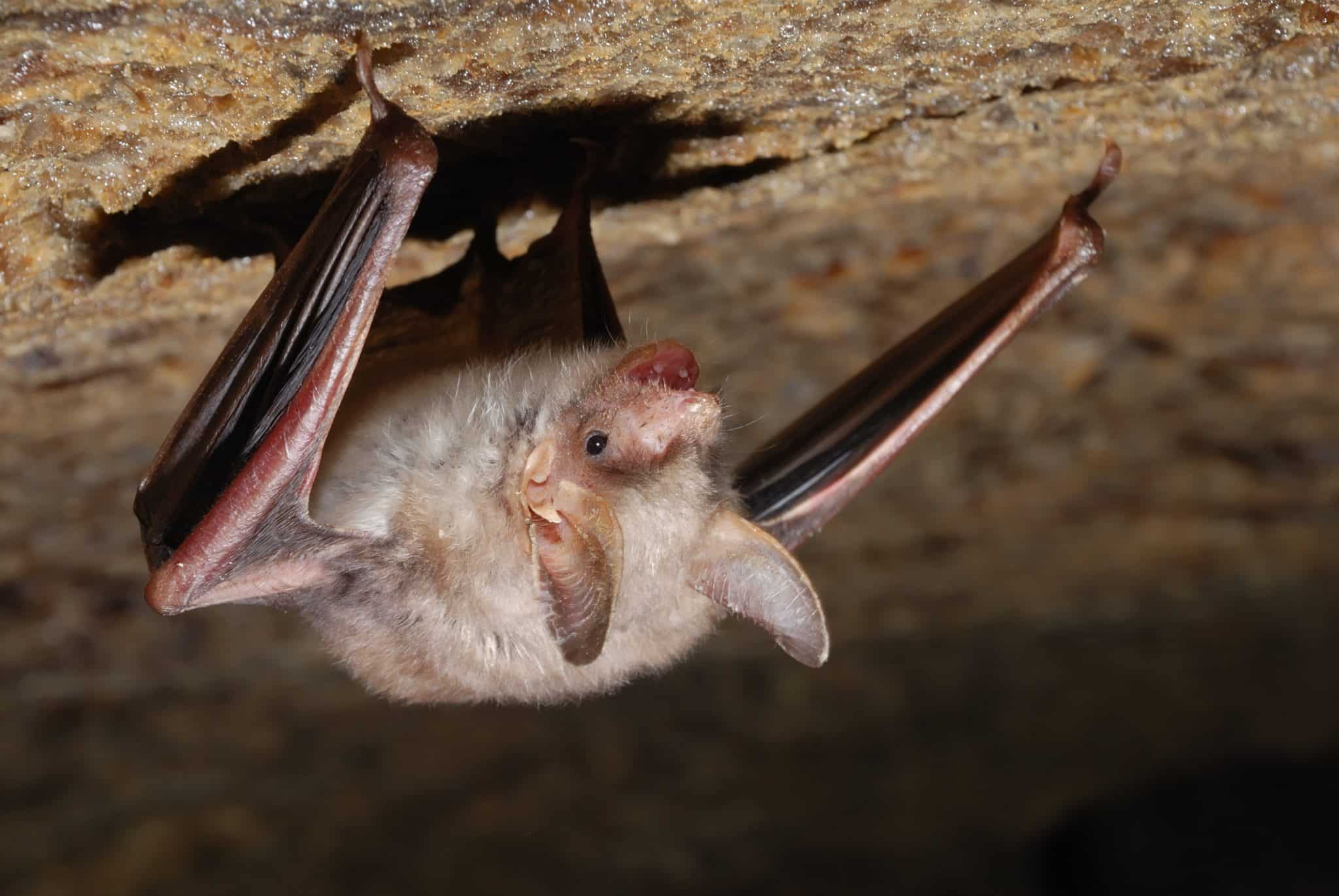


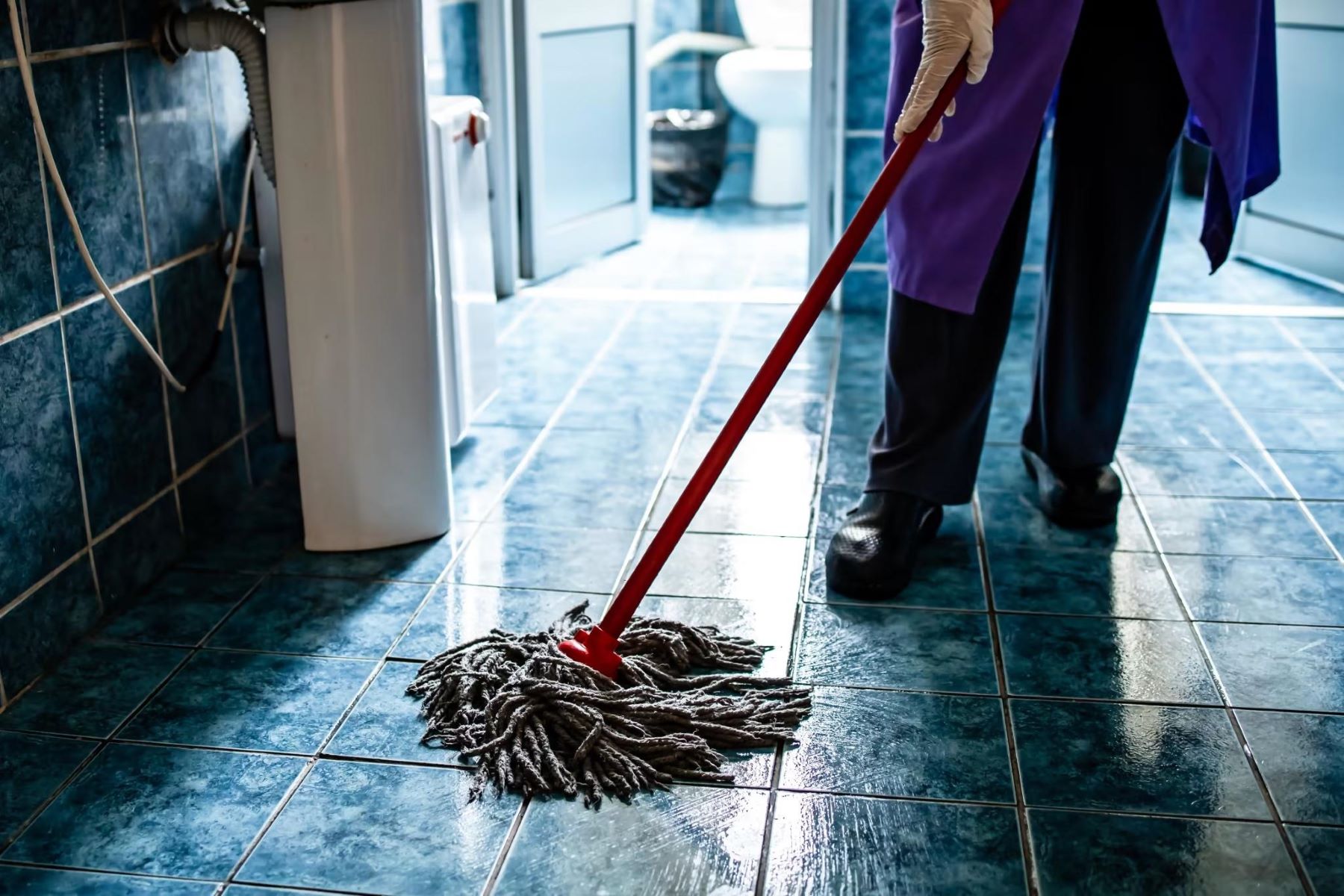
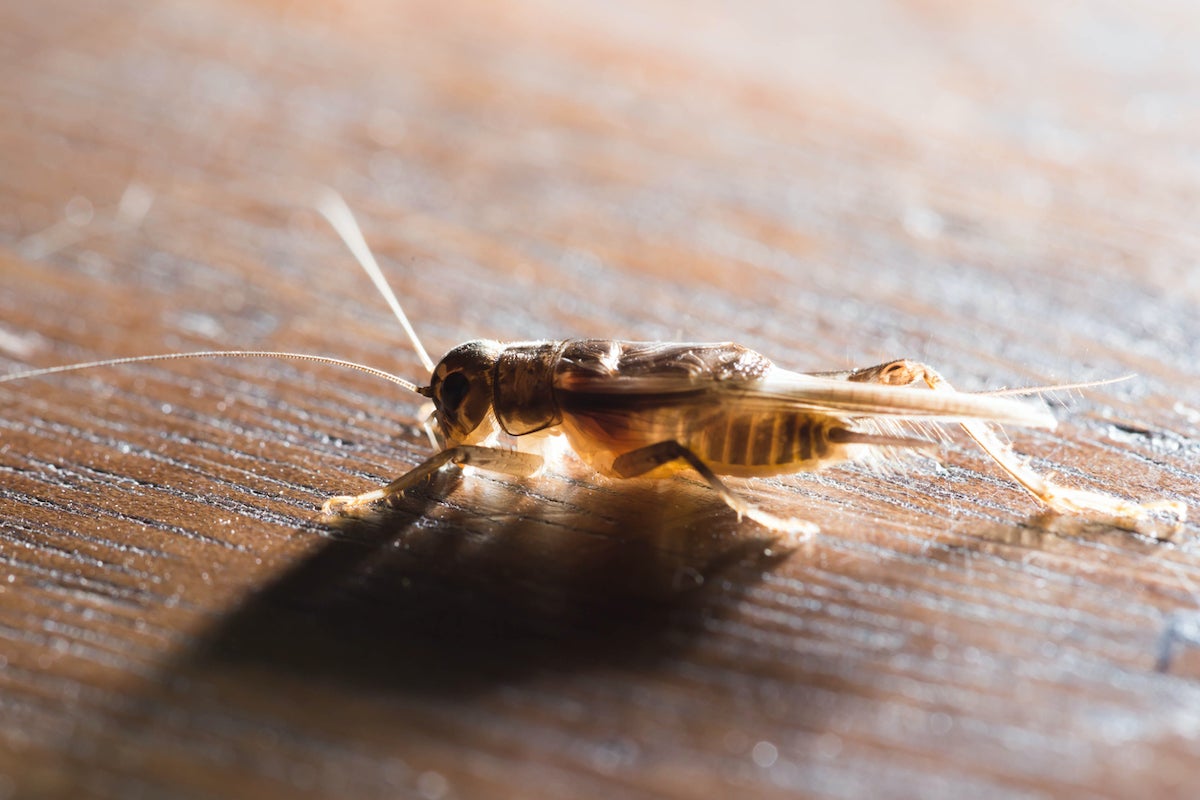

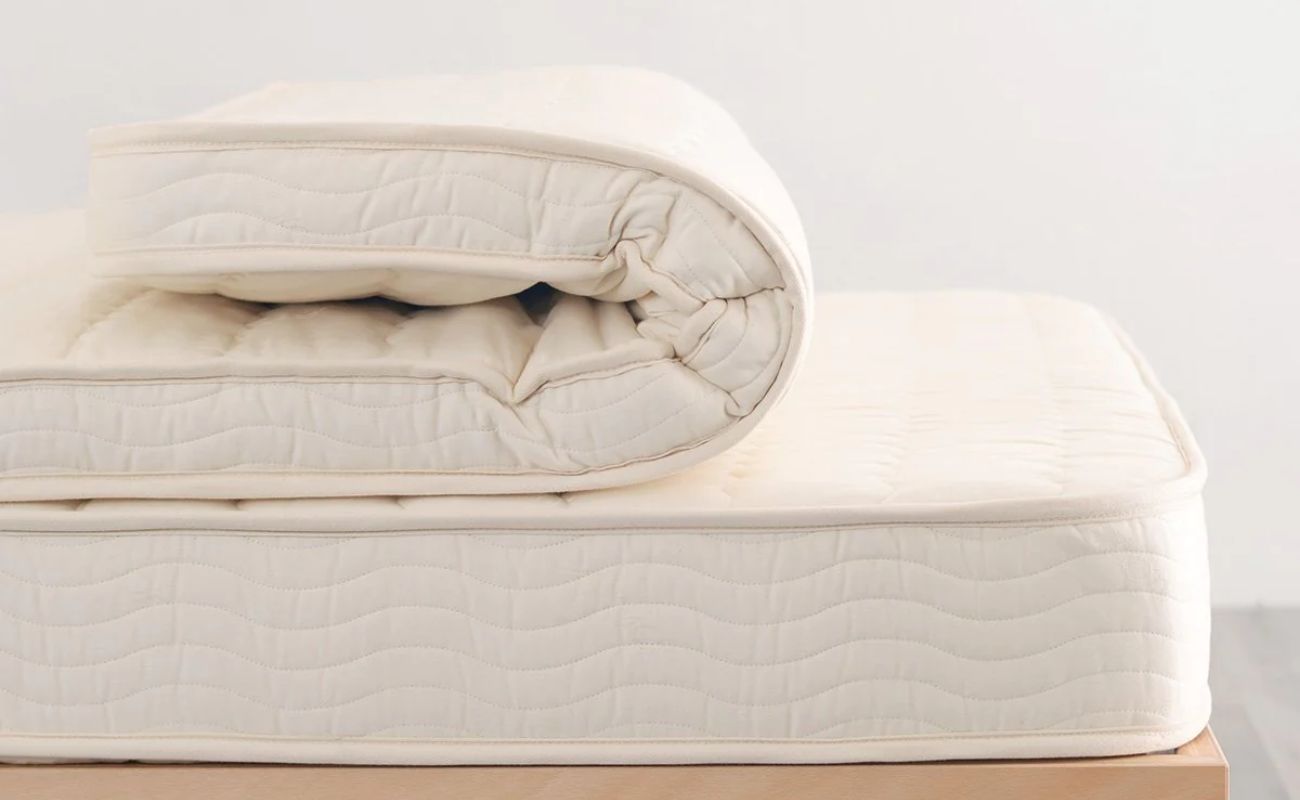
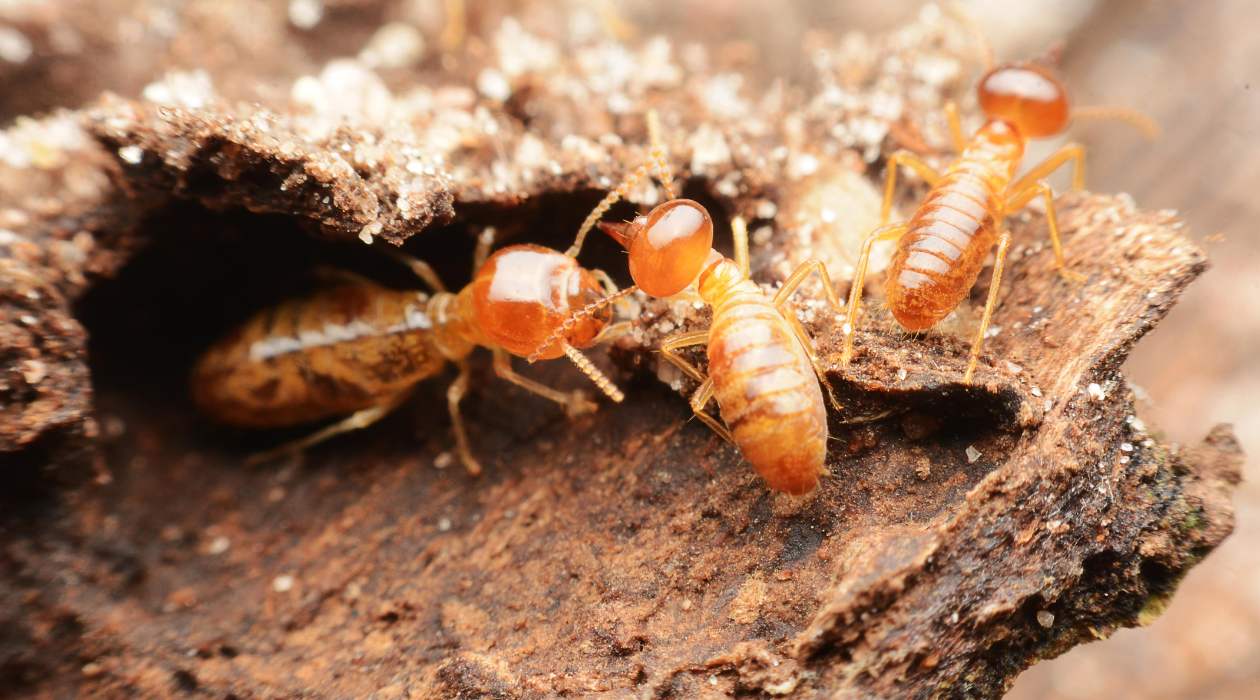
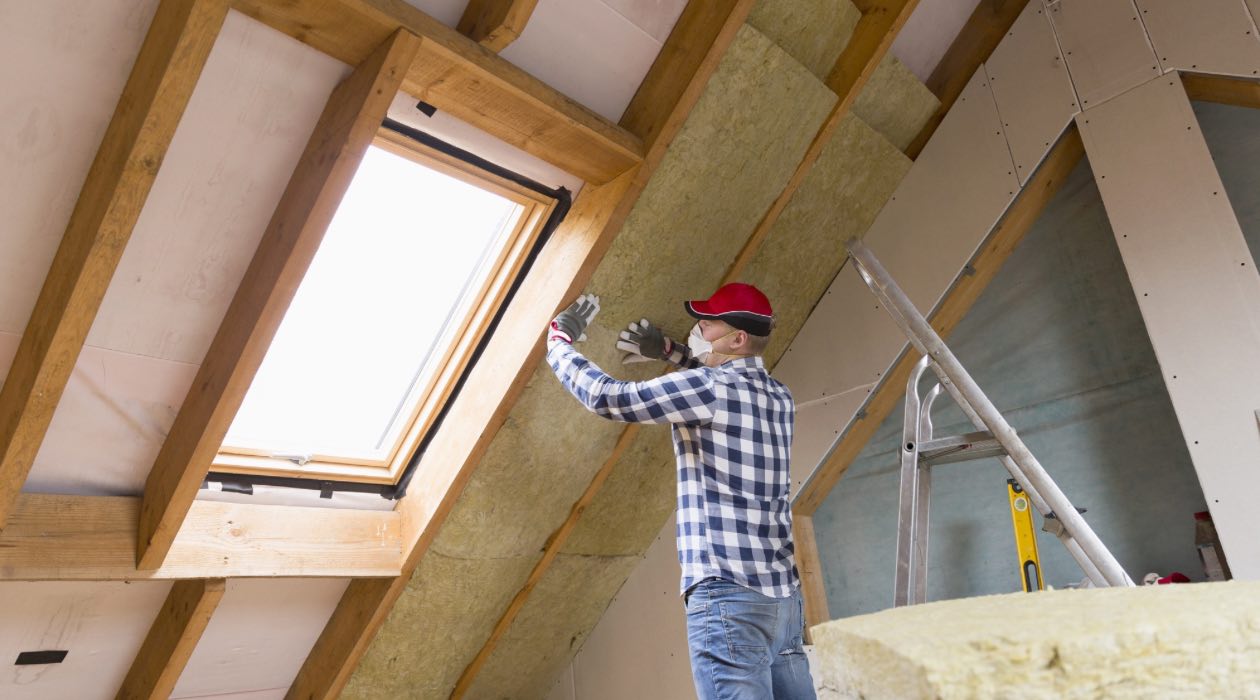
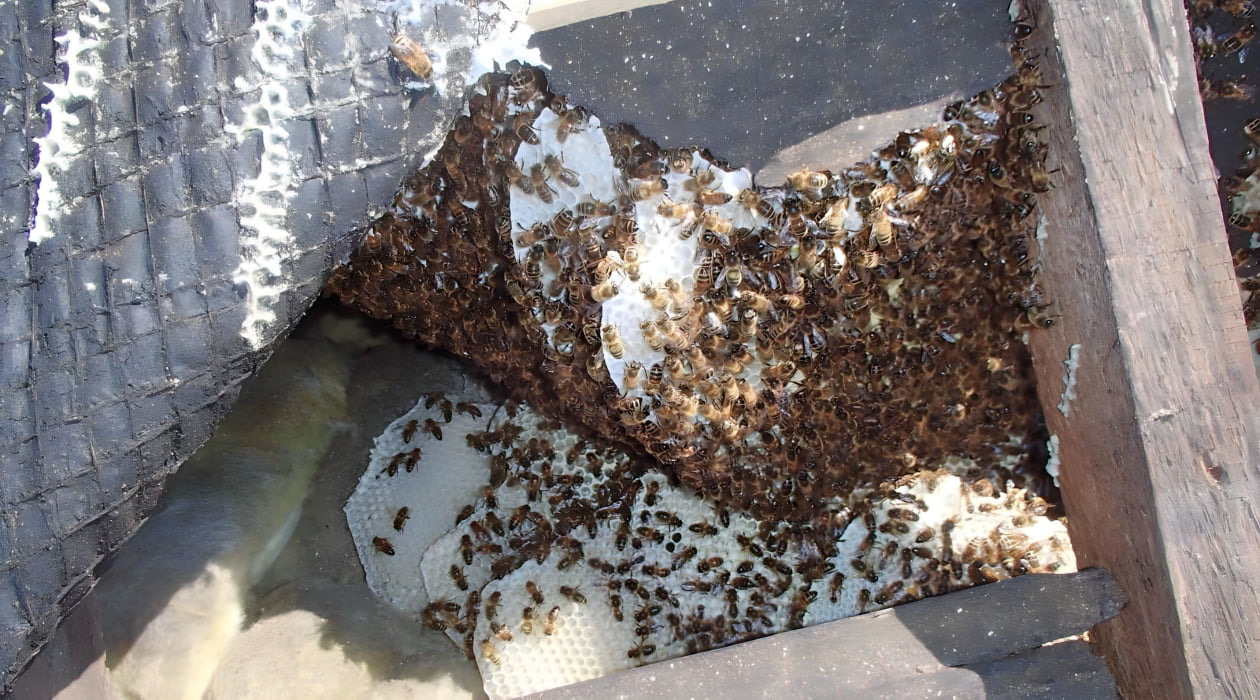
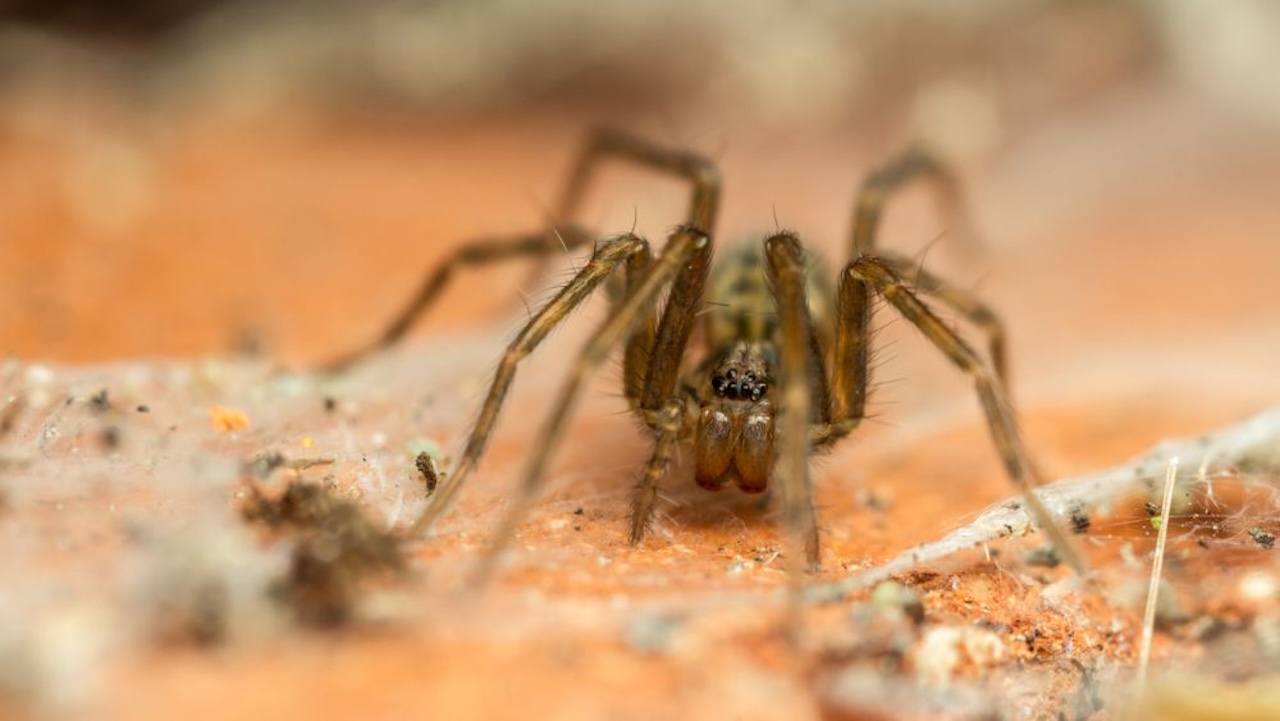
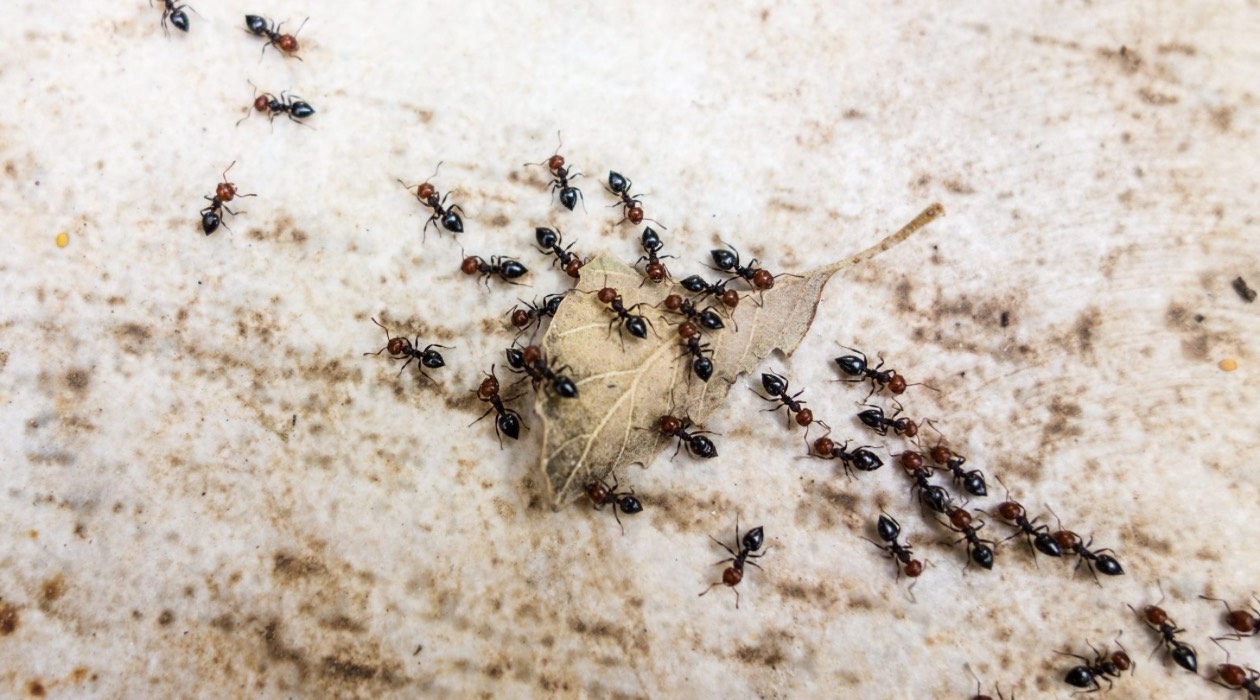
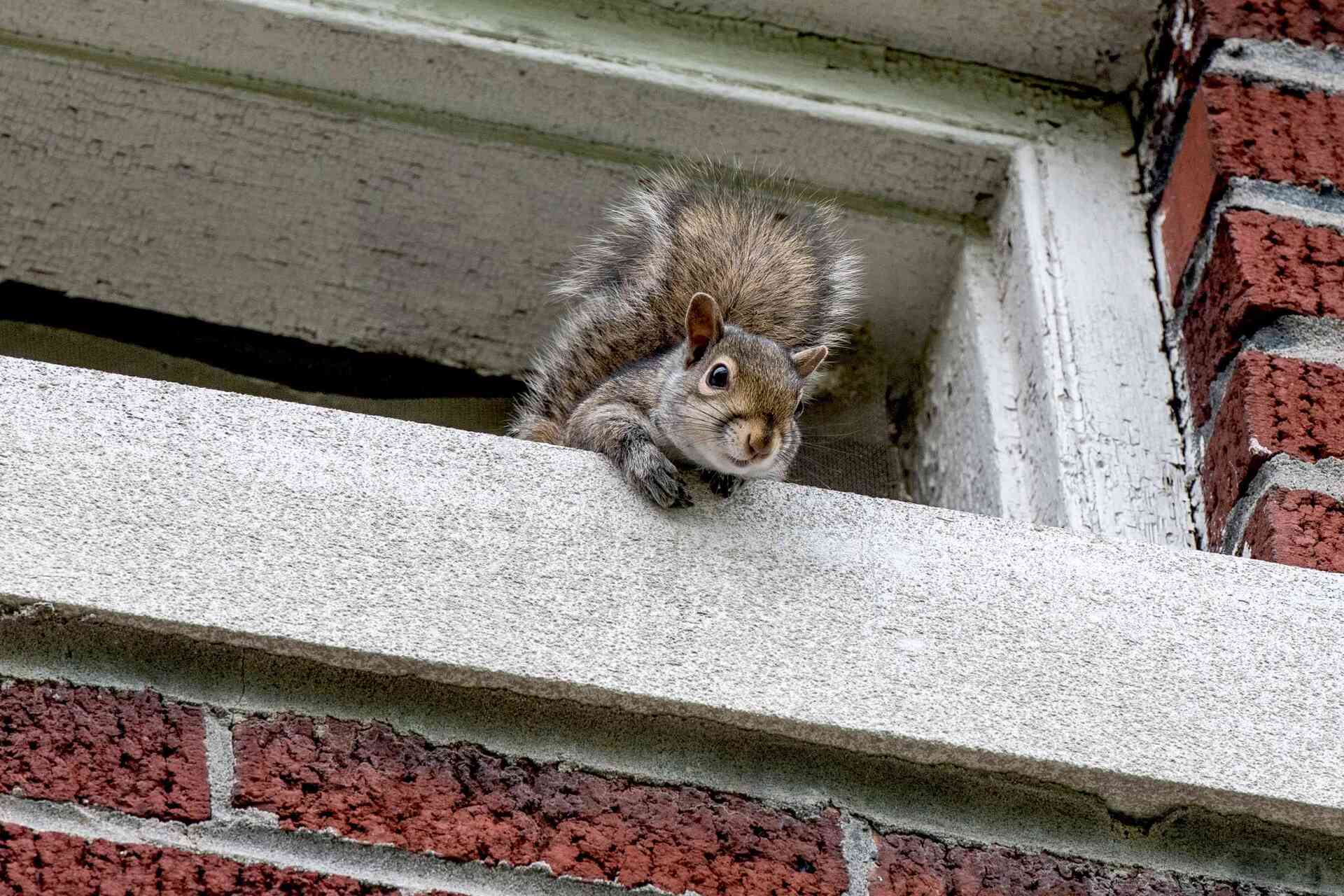

0 thoughts on “How To Get Rid Of Mothball Smell In The Attic”